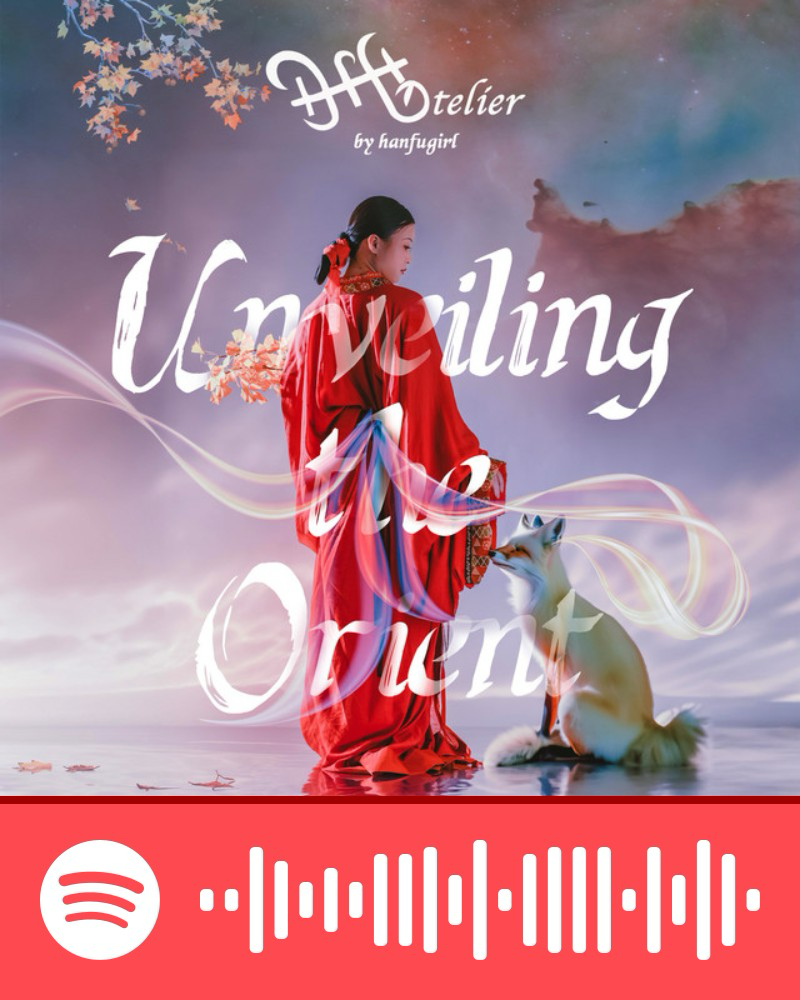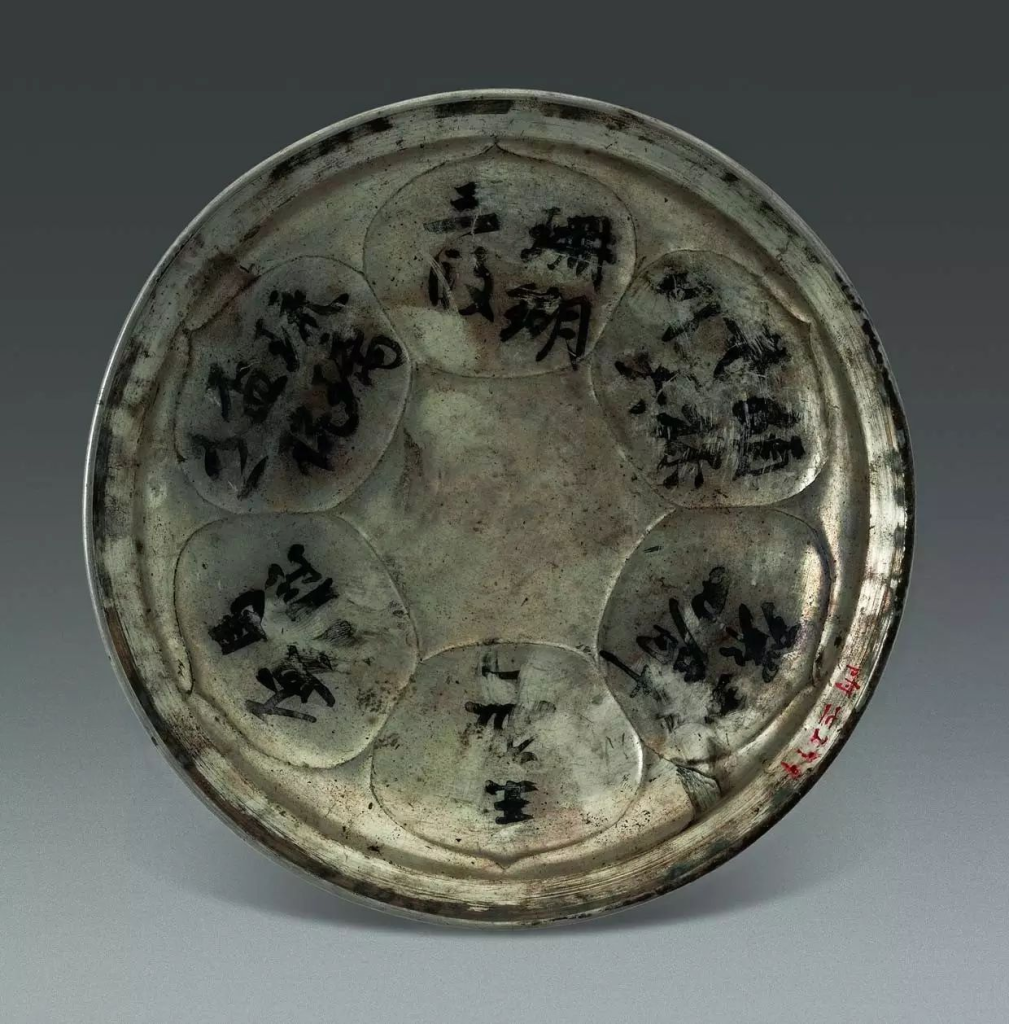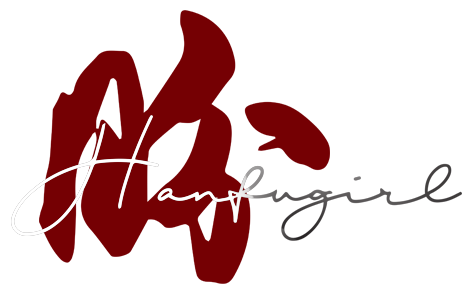Your cart is currently empty!
The Surprising History of Sapphires & Rubies in Chinese Jewelry: More Than Just Jadeite

Most Chinese diasporas and non-Chinese would immediately think of jadeite/feicui, the luscious green stone as Chinese Jade and they would not associate gemstones of the west with traditional Chinese jewellery.
The fun fact is that Western gemstones have a far longer history in Chinese jewellery than jadeite feicui, and the Chinese concept of Yu (or jade which is a problematic translation term) is not jadeite as most assumed it to be.
I’ve written a 3-part series on Chinese Jade (Jaded with Jadeite: The imposter of Chinese jade, Serpentine: The Shapeshifting Chinese Jade and Jaded with Nephrite: The Gentleman’s Stone) so now I’m going to go into the Western Regions of Chinese gemstones and in particular Sapphire and Ruby which has been used by the Chinese for over 1,000 years. So they too, like Princess Diana, loved Sapphires!
It all started with my podcast Unveiling the Orient. The purpose of the podcast was to uncover unknown stories and “Did you know” moments in Chinese culture and history that we took for granted, or had a different idea/assumption of. We’d have mythology, jewellery, fashion, food, tea, wine, customs and beliefs, diasporas, Crazy Rich Asian Gossips, and all kinds of random topics.

After doing the jade series for my blog, I started to think about gemstones and wondered why we readily accepted jadeite (only embraced by the Chinese in the last 200 years or so) as quintessentially Chinese while gemstones which were loved by the Mongolians, Manchurians, and Han Chinese continuously for 1,000+ years weren’t!
Etymology is always interesting to study, because it shows the evolution and origins of concepts. And what we know as Blue or Red Precious Stones today in Chinese, took on many different words based on the native tongue of the major traders of those stones. And their origins were always Persian or Arabic.
Gemstones would’ve been introduced to the Chinese some 2,000 years ago through the silk road, but one of the more interesting discovery of it was in the Tang era (c. 8th century) finding. Within an intricately carved and moulded silverware, there were several items, amongst which one was labelled as “16 pieces of gemstones”.


The 16 gemstones were sapphire, purple ruby, chrysoprase, yellow sapphire. And notice that instead of Gemstone of 16 pcs, they wrote Gemstones etc. of 16 pcs. So it is my theory that the term “Boli” wasn’t referring to all the gemstones, but more referring to the sapphires and rubies while chrysoprase wasn’t one of them since chrysoprase wasn’t very gemstone-like with its opaque texture.

The origin of the word Boli 颇黎(玻璃) in Chinese term then came from the Persian word Bolūr (Crystals). And it was referring to crystals or gemstones of transparent texture, differentiating them from jade. And they had a different term for Glass, which is Liuli 琉璃. But in subsequent dynasty the Song dynasty (10th century-13th century), the word “Boli” became a term for Glass instead and that continued on till today!
In my podcast series, I’d like to joke that if you have to time travel to Tang dynasty, and you don’t own a lot of precious materials, just grab all the glasswares you have. They would be worth a fortune then! The reason why will be explained in a separate podcast series focusing on glass! Yes, it’s not a big deal these days, but the history of glass is fascinating!
And then fast forward to the Mongolian rule (times of the great Khans like Gengkhis and Kublai), the Mongolians were bringing in lots of gemstones through their conquests and they adored them. It’s not just the women, the men were so in love with them as well!
We could see them adorning their crowns and hats (for men!) with those really big gemstones. And that tradition of adding a big piece of rounded bead to the male official’s hat became a legacy for the rest of the remaining Chinese dynasties (13-20th century).
Despite the Han-centric Ming dynasty rulers’ disdain for the ‘foreign invaders’, they kept a lot of the Mongolian traditions especially the pretty ones. The ming court wear was from the Mongolian robe, and the also kept the use of big, beautiful gemstone on their hats. It goes to show, as long as they look good, who cares where they came from!
If Qing dynasty period dramas were well-researched, they would’ve had officials of different ranks wearing court hats adorned with different types of gemstones to denote their rank such as this:









Trust me, the vanity of men were the origin of wars. Not women! 😉
The Islamification of Persia started slowly from the 7th century onward which was Tang, and by the Mongolian rule, the Persians have largely turned form Zoroastrians to Muslims. Which is also why during 13th century China, gemstones were also known as the Stone of the Muslims or the Islamic Stones (回回石头). And the term “Boli” took on many different names such as Lazi 蜡子 (from Persian word ‘Lal’ or Arabic term La’al), Ci刺, Yagu雅姑 (from the persian term “yaqond” or Arabic term “Yaqut”). And as for why the Muslims are called 回回(hui hui), and the Chinese-Muslim community called the 回族 (the Hui community), that’s another topic for another day. But I will be back with more stories on Muslims and jewelleries in China because I have at least 2 iconic Chinese-muslims who played an important role in this trade whom I would love to talk about!
And in the Story of Pearl Girl (forced to watch because of the need to be relevant to readers and listeners, oh the things I do for you!) which was set in the 8th century China, they often used the word Red Yaqut 红雅姑to refer to Ruby, but that would’ve been way ahead of their times!
I finally have quit my job so I can focus on reading, writing, and doing content! OK, I will still some beautiful jewelleries and make my own designer wear inspired by traditional textiles and cuts, but I definitely hope to send more meaningful content your way! That’s my 2025 resolution!
My blog entires, podcast episodes, and instagram will have different nuggets of information presented in different manners, to suit different needs. So if you’re the kind who reads a lot and reads fast, blog’s the best way, but if you’re the kind who commutes a lot and prefer to listen to casual conversations with content, then Podcast’s the place to go! Instagram’s just a bit of everything cos I subtitle them anyway with visuals!

Leave a Reply